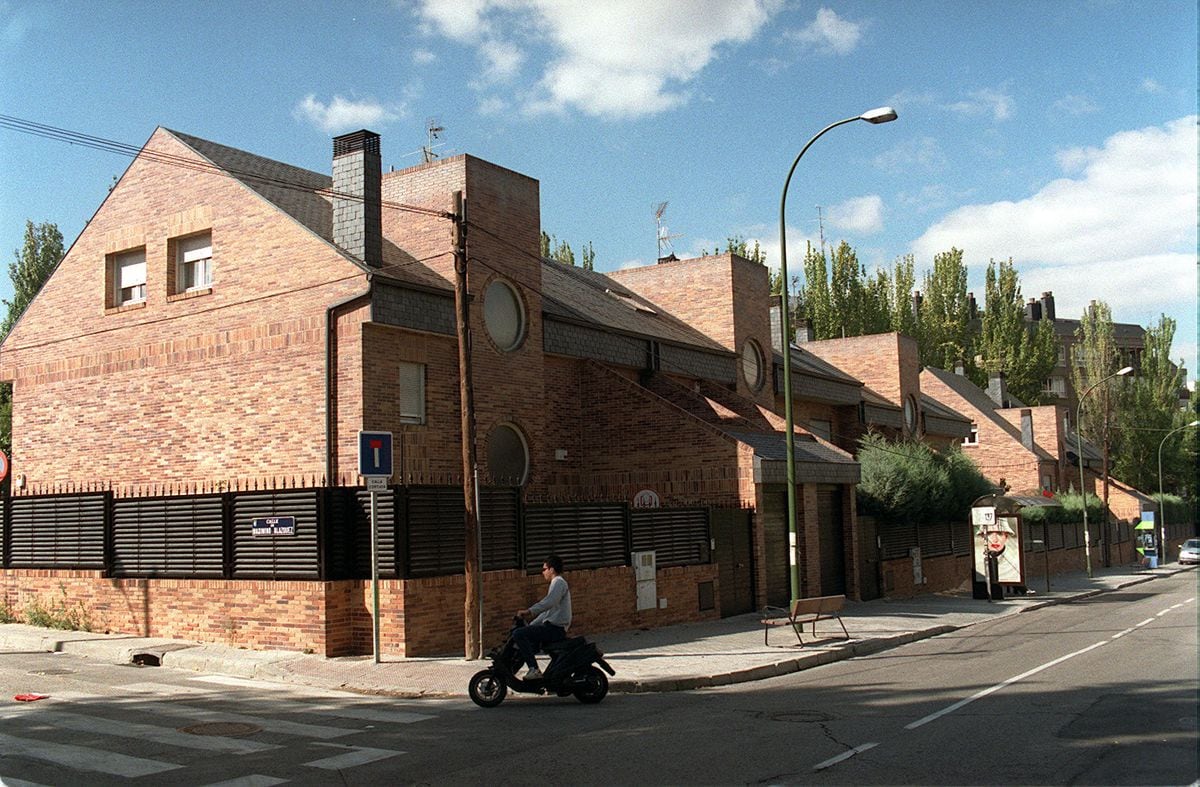Mental health can be affected by many factors, one of which is urbanization. The way cities are distributed and how residential buildings are concentrated may be key to the risk of developing disorders and disease. study Made in Denmark, published this Wednesday in the magazine Science advancesNote that people who live in urban neighborhoods are more likely to suffer from depression than those who live in urban centers or in rural areas. In the research they analyzed building density (built-up area compared to open space), height and diagnoses of depression between 1990 and 2018 (75,650 cases).
The lowest risk was found by the authors in rural areas and in city center areas that have open spaces, identifying factors in facilitating social interaction. Meeting neighbors when you go to buy bread, having yards with benches where you can sit down to chat, having parks to walk in, with equipment for kids to play are elements that not only make meeting possible but also make it happen according to epidemiologist Pedro Gullon, professor of public health. at the University of Alcalá de Henares.
Karen Chen, of Yale University and lead author of the study, explains that with the results of their work, they do not intend to discourage the neighborhood model and single-family housing, but rather to study how to make these areas more accessible. For residents spaces that favor socializing. “This is about improving walkability, cycling and public transportation in areas that were originally car-centric,” he concludes.
Gulon explains that residential neighborhoods are generally areas with chalets located on the outskirts of cities, and therefore it is not a matter of a worse economic level. The epidemiologist, who was not involved in this investigation, stresses that the key lies in the level of socialization: “[El de las zonas residenciales] It is an individual pattern in which there is no neighborhood interaction.” A pattern that can be related to coping with everyday problems and declining mental health.
The research authors also highlight the importance of this relationship between populations for creating “a sense of community, reciprocity, and trust (social capital)”. They are elements that promote mental health and protect against depression, as mentioned in the article. However, if an area has a high density of buildings, but no open areas, this can reduce sun exposure and increase the temperature inside, two environmental structures that increase the risk of depressive symptoms, according to this work.
Chen notes that one of the things they have been able to see is that the best model is one that combines tall buildings with low density: more open spaces than buildings. The researcher explains that a certain level of density is needed to create “vital communities” that can support commerce and public transportation and allow for “restoration with the benefit of green spaces or water bodies”.
social cohesion
The lower risk of depression in a rural environment can be attributed to the advantages it has over an urban environment, such as stress reduction and noise reduction, among others, according to Gonzalo Martínez-Alice, a researcher with CAUSALab at Harvard University. In addition, its residents are usually allowed to be closer to their relatives, so it also has a factor of social cohesion, continues the psychiatrist, who was also not involved in the study.
Gulon and Martinez-Alice point out, however, that one of the research’s weaknesses is how the concepts of urban, rural, and suburban are defined: one country as in another,” say the psychiatrist. Experts agree that this, and the specificity of each place, makes it difficult to extrapolate results in other countries.
However, the epidemiologist notes that the point in favor of the work is how the study is divided within the metropolitan area. According to Gullón, we usually talk about urban areas as a whole, but talking about cities is talking about neighborhoods and realities that can be very different. “A city is not a homogeneous environment, there may be areas of the city where you have a higher risk of developing mental health issues than others,” he explains.
The professor from the University of Alcalá de Henares also highlights that in a country like Denmark, where there is less social and economic inequality, the impact of a neighborhood on the lives of its residents can be seen more clearly. In other countries, such as Spain, it is more complicated because the inequality is greater and the area of residence cannot be separated from the economic level. Hence, it is more difficult to “detect the effects generated by the physical characteristics of the neighborhood”.
You can follow Country health and well-being in FacebookAnd Twitter And instagram.

“Social media evangelist. Student. Reader. Troublemaker. Typical introvert.”

:quality(85)/cloudfront-us-east-1.images.arcpublishing.com/infobae/TEQF6EONZRFGLLLDIDD4L2O4EE.jpg)

:quality(75)/cloudfront-us-east-1.images.arcpublishing.com/elcomercio/XU32LRAEZFDDPNVHLFU3CKVBYY.jpg)



More Stories
Venezuela ranks fourth in female leadership in science and technology in Latin America
In Portuguesa and Sucre they explore the wonderful world of science
The university court overturns the expulsion of two teachers and a chemical sciences student